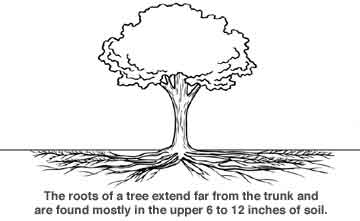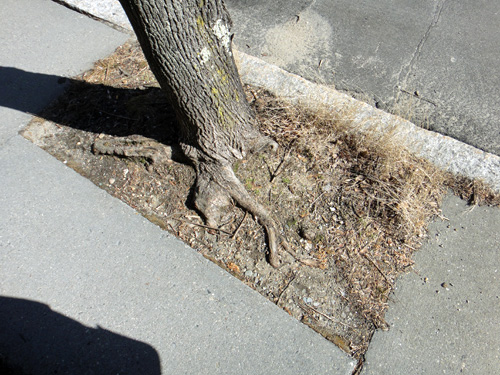Lookie what's ripening on the trees!
An ailanthus down the street is making some funny little clusters of fruit.

These look like little tadpoles or something. And there are TONS of them. Not surprising that the super tree is a BIG producer of fruit. The ailanthus by our parking spot, however, has none of these.... I think I just learned something else about the ailanthus: it's got male and female trees. Congratulations, it's a boy!
Right next to my boy ailanthus is a tree I tried to identify back in the spring. From looking at the leaves, I'd guessed it might be a chestnut. But now that I can see the fruit, I think I have to change my mind.

That there is black walnut fruit! So says my favorite tree id site, What Tree is It?

Hmmm... not edible. Good to know!
If I'd thought about it, I could have guessed that it wasn't a chestnut, because I'm already watching a chestnut and it has the cool spiky, blotchy fruits on it right now. Here are the chestnut fruits last week, about two weeks after I first noticed them starting to change.

Fruits are so cool!
An ailanthus down the street is making some funny little clusters of fruit.

These look like little tadpoles or something. And there are TONS of them. Not surprising that the super tree is a BIG producer of fruit. The ailanthus by our parking spot, however, has none of these.... I think I just learned something else about the ailanthus: it's got male and female trees. Congratulations, it's a boy!
Right next to my boy ailanthus is a tree I tried to identify back in the spring. From looking at the leaves, I'd guessed it might be a chestnut. But now that I can see the fruit, I think I have to change my mind.

That there is black walnut fruit! So says my favorite tree id site, What Tree is It?

Hmmm... not edible. Good to know!
If I'd thought about it, I could have guessed that it wasn't a chestnut, because I'm already watching a chestnut and it has the cool spiky, blotchy fruits on it right now. Here are the chestnut fruits last week, about two weeks after I first noticed them starting to change.

Fruits are so cool!






























